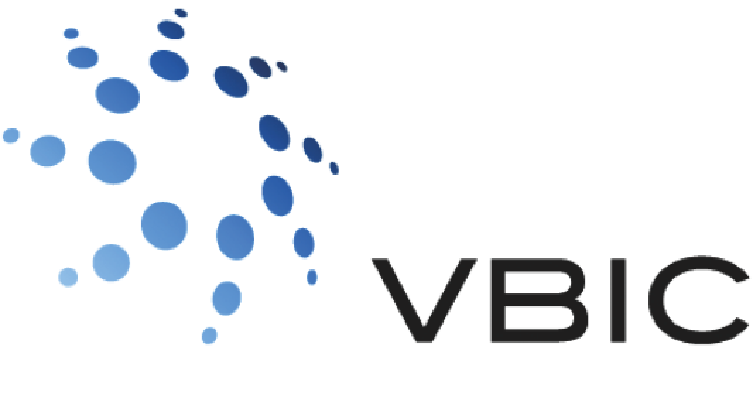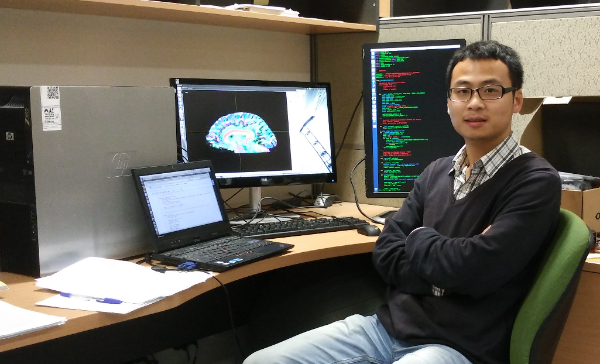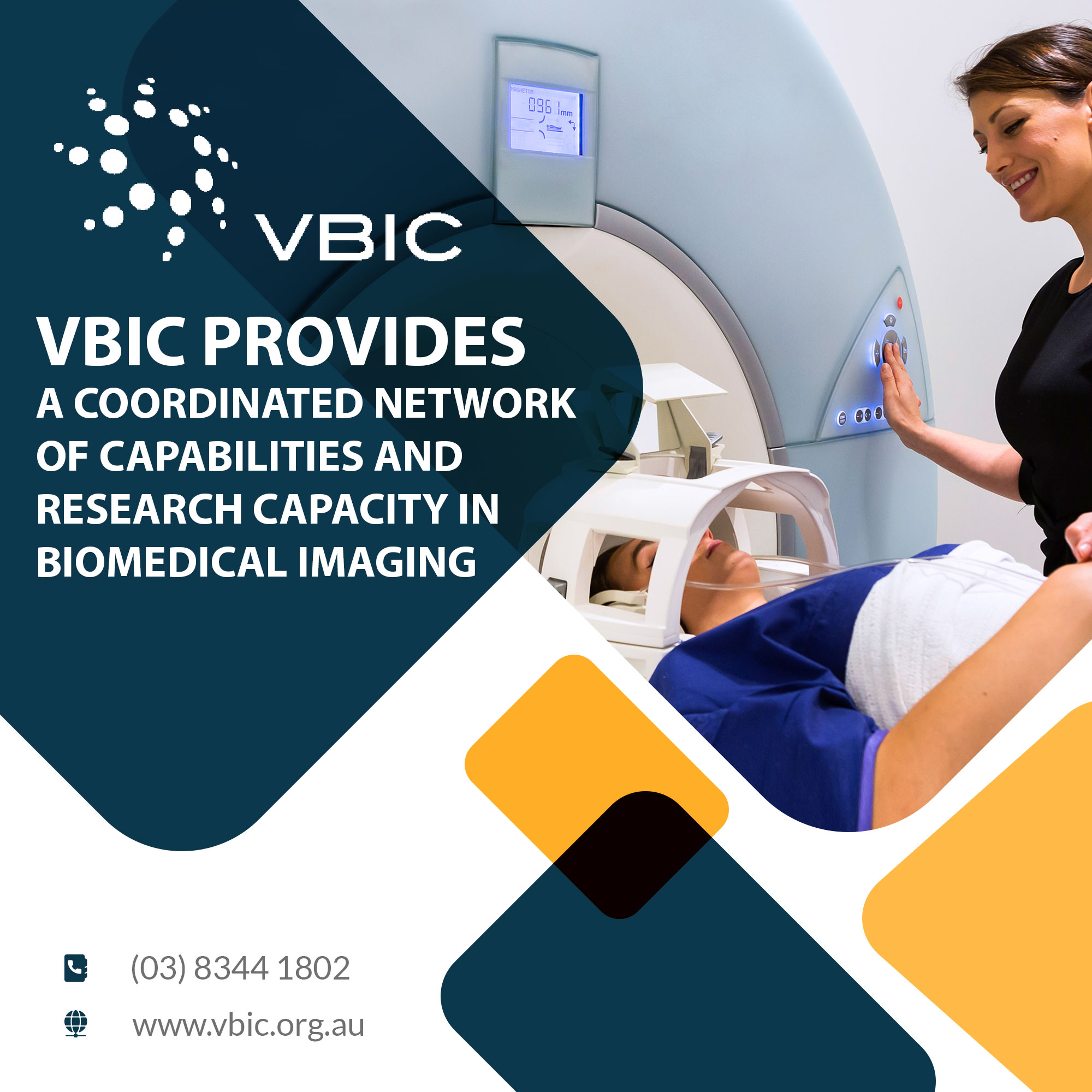We are delighted to present the research of Shenjun Zhong. Shenjun is a PhD student at the MBI in Clayton, who is investigating accelerate algorithms in medical imaging processing and reconstruction using GPUs, especially for tractography algorithms in diffusion MRI imaging. He is working with Monash MASSIVE Computer Cluster.
1. Briefly tell us about your research project.
My research project is focused on accelerate algorithms in medical imaging processing and reconstruction using GPUs, especially for tractography algorithms in diffusion MRI imaging. The current setup of most MRI-related studies require high computing resources, and takes time to process for the MRI dataset, particularly for high-resolution data. Our aim is to reduce the processing time to sub-minute level, and further achieve real-time processing experiences, which may open other possibilities of research design and real-time neuro-feedback studies using fMRI.
2. Who are your supervisors?
I am a student officially enrolled in Faculty of IT, where my main supervisor, David Squire is. My other supervisors are/were from MBI – David Barnes (who works for Monash CAVE2 project now), Parnesh Raniga and Govinda Poudel (who is mainly working from the School of Psychology).
3. What imaging equipment are you using?
Our project mainly involves using the MRI scanner in MBI as the main data source. However, other public dataset (e.g. Human Connection Project (HCP)) is also used in our studies. We mainly use the Siemens 3T human scanner.
4. How did you find accessing and using the equipment?
As my supervisors help me to collect the dataset, I don’t have to gather the data with the equipment (e.g. MRI scanner). The main equipment I use in my study is computers, or computer clusters (Monash MASSIVE Computer Cluster).
5. Did you work across sites? If so, how did you find accessing the equipment across sites?
I do not work across sites. I used to spend 1 day/week, working from my office in the Faculty of IT and the rest of the days in MBI. However, I don’t need to use the scanner often. Instead, I can just remote connect to the workstation in MBI and work from there.
6. Thank you very much for your time, Shenjun.




0 Comments